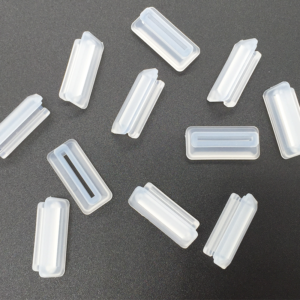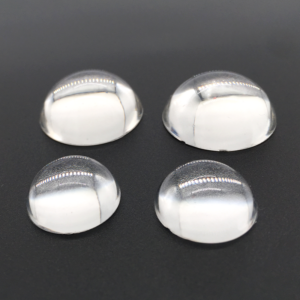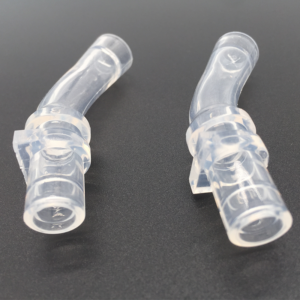Introduction
Surface treatment plays a vital role in refining the appearance and quality of silicone products, akin to adding the final touch to a masterpiece. This article delves into various surface treatment methods employed in the post-processing of silicone products, shedding light on their characteristics, applications, and implications.


![]()
Screen Printing: Infusing Versatility and Detail
Screen printing emerges as a porous printing method, seamlessly transferring words or symbols onto surfaces through controlled pressure application. Silicone-based printing ink, renowned for its non-toxicity and high adhesion, offers a canvas for diverse design expressions. While screen printing excels on flat surfaces, its adaptability on moderately curved surfaces extends possibilities through technological innovations and auxiliary fixtures. However, intricate designs with concave features pose challenges, with each color layer requiring individual printing and curing.
Pad Printing: Precision on Varied Surfaces
Pad printing emerges as a specialized method capable of imprinting text, graphics, and images on irregular surfaces with precision. Its versatility extends to various surface profiles, from planes to spheres, cylinders, and irregular shapes. Despite its limitations in comprehensive coverage and alignment precision, pad printing, when combined with screen printing, offers a hybrid solution meeting diverse aesthetic demands. The resulting graphics exhibit a subtle three-dimensional effect, enhancing tactile experiences.
Laser Etching: Illuminating Functionality
Laser etching harnesses the light-transmitting property of silicone to engrave patterns or symbols on surfaces, achieving opaque or translucent effects. This process not only enhances visual appeal but also aids nighttime usability, facilitating easy identification of operational panels. Laser engraving further refines designs by removing surface paint layers, revealing the original silicone material color and creating light-transmitting keys for enhanced functionality.
Epoxy Coating: Transformative and Protective
Epoxy coating transforms silicone surfaces, imparting a sealed, insulative, and glossy finish akin to plastic. This method offers a durable top coat, protecting printed graphics while enhancing abrasion resistance. With a minimum thickness of 0.5-0.7mm, epoxy coating elevates the visual and tactile qualities of silicone products, ensuring longevity and aesthetic appeal.
Spray Painting: Customizing Appearance and Protection
Spray painting offers a versatile surface treatment, allowing precise application of protective coatings to enhance tactility and abrasion resistance. Colored paint spraying introduces visual transformations, while silicone and PU coatings provide soft-touch textures and additional protection against dust and abrasion. PU spraying, in particular, caters to matte glaze requirements, enhancing surface smoothness and durability.
Conclusion: Elevating Quality through Surface Excellence
The surface treatment of silicone products epitomizes the pursuit of quality and aesthetic refinement. Each method, from screen printing to epoxy coating, contributes to the overall appeal and functionality of the final product. As a professional post-process supplier, GSUN ensures quality through rigorous inspection and adherence to international standards, earning the trust of customers worldwide. Contact GSUN to explore how surface treatment can elevate your silicone products to new heights of excellence.

![]()
![]()
We have rich experience in the industry, with an independent factory, it can be said that the ability to produce silicone products has been very mature. We will try our best to meet any customized needs you have. So, don’t hesitate to contact us!